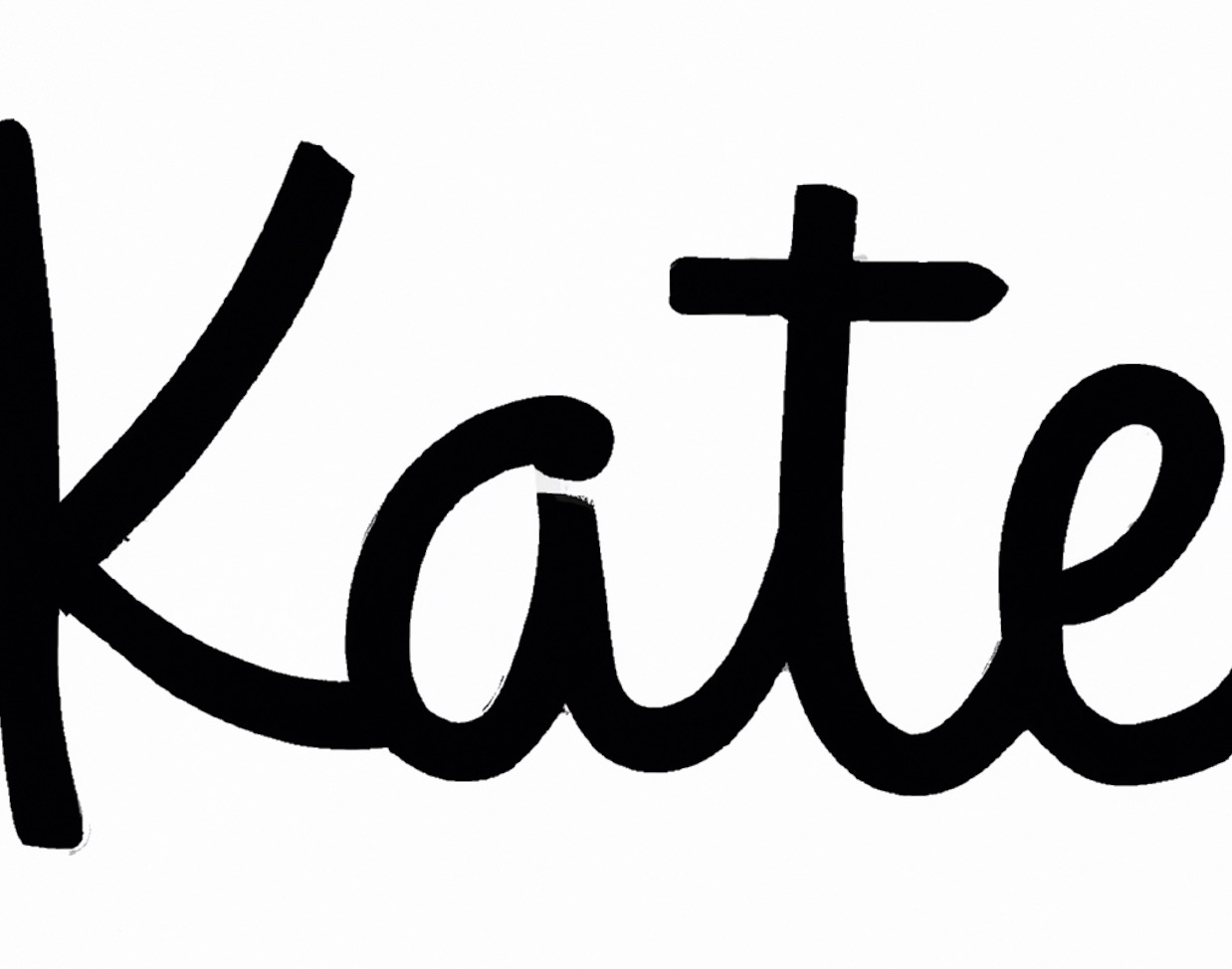Pixelation is an important concept in graphic design. It is a technique used to create images that are made up of individual pixels, each pixel representing a single colour or shade.
Pixelation is most commonly used to create digital art, including logos and icons for websites, video games and mobile applications. It can also be used for other types of digital artwork such as photography and illustration.
Pixelation is based on the concept of resolution. Resolution refers to the number of pixels that make up an image.
The higher the resolution, the more detailed the image can be. Lower resolutions produce a blocky, pixelated look that may not be suitable for certain types of artwork.
Pixelation works by arranging coloured dots in a grid pattern. Each dot represents one colour or shade, which can be combined with other dots to create different colours and shades. By adjusting the size of each dot and its position in relation to other dots, it is possible to create an image with different levels of detail.
Pixelation is often used in combination with other graphic design techniques such as colour theory and typography. By combining pixelation with these other techniques, it is possible to create unique images with a distinct style. For example, pixelated images can be combined with bold typefaces or bright colours to create eye-catching designs.
Pixelation has become increasingly popular in recent years due to the rise of digital art tools such as Adobe Photoshop and Illustrator. These tools allow designers to quickly and easily manipulate pixels in order to achieve the desired result.
Conclusion:
In conclusion, pixelation is an important concept in graphic design that allows designers to arrange pixels into patterns and shapes in order to create images with varying levels of detail and complexity. By combining pixelation with other techniques such as colour theory and typography, it is possible for designers to produce unique artwork with a distinct style.
7 Related Question Answers Found
Pixels are the basic building blocks of digital imagery and are essential to graphic design. They are tiny dots of color that, when combined in a certain way, create an image. Pixels can be used to create 2D or 3D graphics and animations, as well as artwork for websites, logos, and other types of digital design.
A Pixel Graphic Design is a type of digital artwork that is created from individual pixels or small blocks of color. It’s a unique type of graphic design that can be used for a variety of purposes, from web design to printing. Pixel graphics are also commonly referred to as bitmap graphics, and are one of the most popular forms of digital graphics.
Color blocking in graphic design is an art form which involves using different colors to create a unified, eye-catching visual design. In this technique, bold blocks of color are used to create a contrast between different elements. Color blocking can be used to emphasize specific areas of a design, draw attention to important information, or simply create an aesthetically pleasing overall look.
Visual contrast is an important element of graphic design. It helps to create visual interest and draw the viewer’s eye to certain elements of a design. Visual contrast can be used in a variety of ways, from the choice of font and color, to the size and shape of objects.
What is Color Contrast in Graphic Design? Color contrast is the difference between the lightness and darkness of a color. It is an important concept in graphic design, as it helps to create visual interest and hierarchy in a design.
Graphic design is an art form that involves the creation of visual content to communicate messages. Graphic designs, such as logos, posters, and advertisements, are created using a variety of tools and techniques to convey ideas and messages. Graphics are a key component of graphic design and are used to create images that represent the message being communicated.
Graphic design involves the use of different kinds of images, such as illustrations, photos, and other objects. Images are essential elements in graphic designs as they provide visual appeal and draw attention to a particular message. Images can be used to convey a message, create an impression, or evoke emotion.
